I was recently asked to present my thoughts on what it takes to run a successful Professional Services business and thought I’d follow it up with a post.
I started thinking about how to explain what a professional services business does and how it makes money. For those of you that aren’t sure, the core services a professional services organisation provides are:
- Knowledge
- Skills
- Added Value
Ultimately, revenue is generated by selling time.
I then made a list of industries where you might find professional services companies and it soon became pretty big! Some household names you’ll probably recognise off the bat as providing professional services are PwC, EY, Deloitte & KPMG.
But where will you find professional services companies operating? Well, pretty much every industry you can think of. Here are a few examples:
- Accounting
- Financial Services
- Marketing & Communications
- Architecture & Design
- IT Services
- Lawyers
- Management Consultants
- Training Providers
Within the Salesforce.com eco-system, which is where Aprika operates, we’re surrounded by them. There are literally hundreds, if not thousands of Salesforce.com Consulting Partners providing professional services to help customers around the world to implement, customise and develop the Salesforce Platform.
Regardless of industry focus, there are five important facets to any professional services business:
- Sales Pipeline
- Capacity
- Utilisation
- Efficiency
- Profitability
Common questions you’ll hear being asked include:
- What have we sold this year? What do we have coming down the pipeline?
- How much committed work do we already have?
- What’s the bandwidth of the team looking like? Who’s bottlenecked? Who’s on the bench?
- How many billable hours have we logged this week, month, quarter?
- How efficiently are we delivering against schedule?
- Who delivers well? Who needs upskilling? Who needs mentoring?
- Are we making a profit?
- Can we compare scheduled vs actual?
- And so on…
The list is pretty much endless. Making sure you can accurately answer all of these questions is the key to being able to effectively manage your professional services business.
We’ve had a professional services element to our business since day 1 and we’ve experienced some ups and downs during that time like any consultancy. Certainly in the early days we were constantly swinging between ‘we don’t have enough work to keep everyone busy’ and ‘we don’t have enough resource to deliver all the work we’ve got to do’.
For a long time, my number one tool was my Excel Cash Flow Forecast. We regularly updated this to see when we thought we’d be receiving payments for projects. This involved a lot of manual action, speaking with team members for status updates, etc.
It was proving difficult to get any clear insight into how projects were progressing, if they were being delivered profitably and on time. Did we have capacity to take on more work, were the right resources available? These questions and more became increasingly difficult to answer.
So how did we change this around? How did we avoid the typical ‘peaks and troughs’ cycle? We began to take our own medicine!
We were already using Salesforce.com to manage our prospecting and sales pipeline. As you’ll be aware, it takes care of that in spades! We looked downstream and began developing our own application to manage service delivery. After a few iterations, we ended up with a tool that we felt was substantial enough to share with the rest of the world. So…we launched Mission Control.
Mission Control is a Professional Services Automation solution, built natively on the Salesforce Platform. How does it help us manage our professional services business? Here are just a few examples.
Capacity
The Scheduler provides a holistic view into resource capacity, current allocations, non working days and quickly helps us identify any bottlenecks.
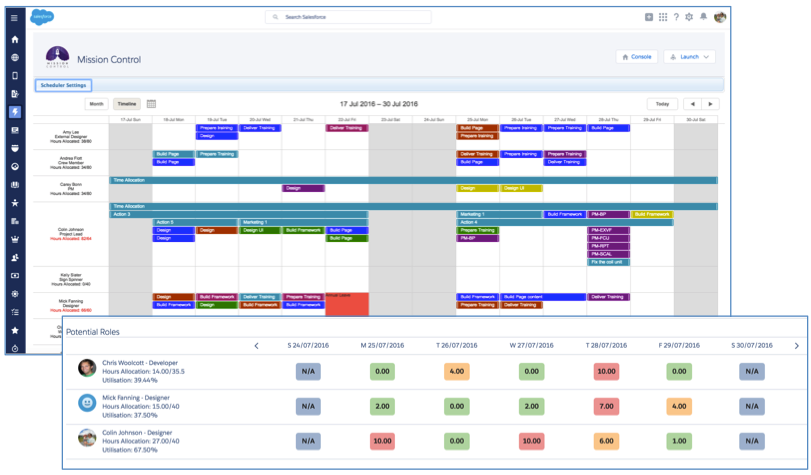
It provides real-time insight into our capacity and availability, so seeing where that next big project can slot in to the schedule is effortless. It lets us provide clear and accurate timelines to our clients.
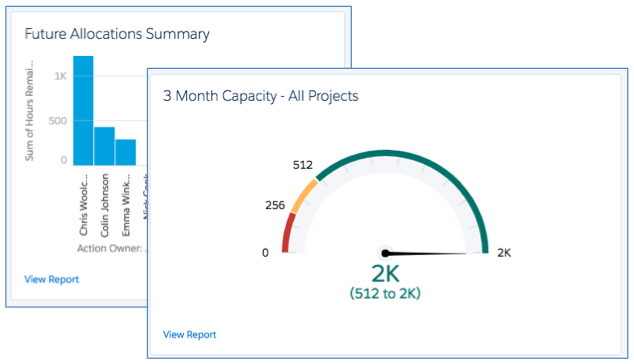
Being native to Salesforce means we can view committed work alongside our sales pipeline.
Utilisation
We’re able to track all of our time, whether it’s billable on a client project, or time spent ‘on the bench’.
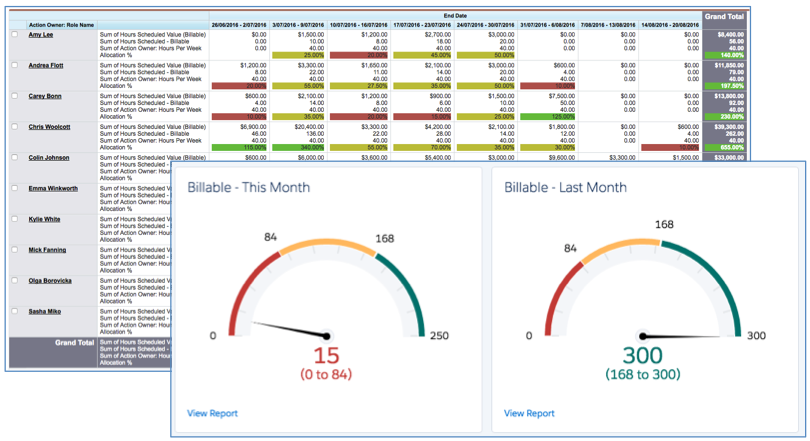
Each of our team members has their own billable hours target per week. This metric is visible in real-time on our KPI Dashboard and if anyone drops below that target we can quickly identify why and execute a strategy to rectify it long before it ever impacts cash flow.
Efficiency
By tracking the time spent delivering the individual actions on a project, we’re able to identify which team members are stronger or weaker in particular areas. We can use this to develop mentoring and upskilling programs.
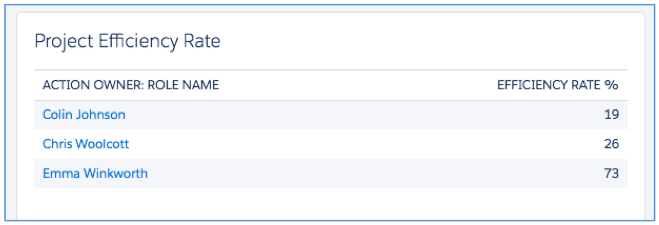
We’re also able to use this knowledge to evaluate how much effort it takes to perform particular actions (on average over x projects) and use this information to be able to competitively price new proposals.
Profitability
Mission Control lets us track the billing and cost rates against a project. Tracking both billable and non-billable time & expenses, we’re able to identify the P&L position for Scheduled, Actual and Forecast effort.
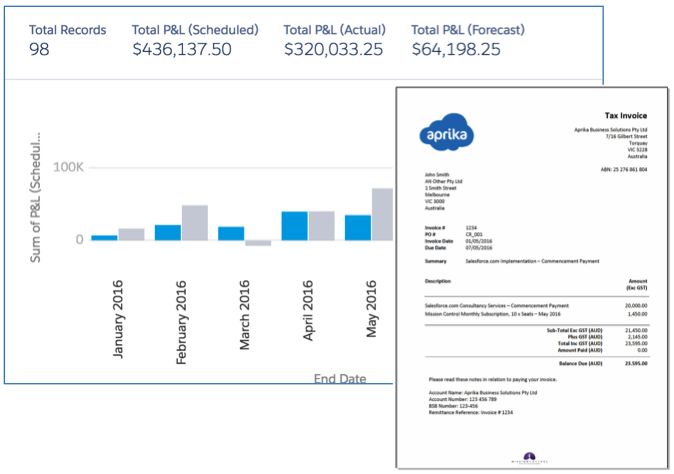
This enables us to run real-time exception reports where the Forecast P&L drops below the Scheduled P&L, providing us with early notice and plenty of time to get a project back on track, long before it ever becomes de-railed.
Our invoicing gets automatically generated whether that’s for delivery of a key project milestone, or on a periodic basis for time & materials services, ensuring we receive on time payments from our clients.
How’s it helped us?
It’s been some time since I’ve really looked at the Cash Flow Statement. I now have a Dashboard in Saleforce.com pulling all of my core KPIs together on to one page covering sales pipeline, capacity, utilisation, resource efficiency and project profitability. Being able to track all of these in real-time lets me quickly identify when something is ‘off plan’. We can quickly address it long before it impacts the bottom line.
We’re not the only ones enjoying this. Mission Control is now used by clients in over 20 countries around the world across many of the industries listed above. If you’d like to get a better understanding how Mission Control might be able to help your business, I’m more than happy to have a chat 🙂



